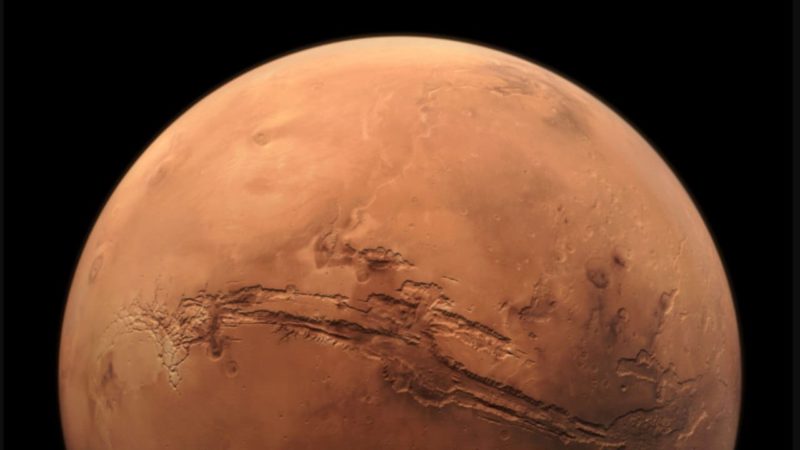Building a house on Mars may now be simple, thanks to the development of a concrete-like material made of extraterrestrial dust, as well as astronauts’ blood, sweat, and tears.
This article was written by Brendan Byrne and originally published by Insider Paper.
Transporting even a single brick to Mars can be prohibitively expensive (estimated at around US$2 million), implying that future Martian colonists will be unable to bring their building materials with them and will have to rely on resources obtained on-site for construction and shelter.
However, researchers at the University of Manchester demonstrated that a common protein found in blood plasma, human serum albumin, can act as a binder for simulated moon or Mars dust, resulting in a concrete-like material.
According to the article published in the journal Materials Today Bio, the resulting novel material, AstroCrete, had compressive strengths as high as 25 MPa (Megapascals), roughly the same as the 20-32 MPa seen in ordinary concrete.
However, the scientists discovered that incorporating urea – a biological waste product produced and excreted by the body through urine, sweat, and tears – could increase the compressive strength by over 300 percent, with the best performing material having a compressive strength of nearly 40 MPa, significantly stronger than ordinary concrete.
According to Dr. Aled Roberts, a varsity researcher who worked on the project, the new technique has significant advantages over many other proposed construction techniques on the moon and Mars.
“Scientists have been trying to develop viable technologies to produce concrete-like materials on the surface of Mars, but we never stopped to think that the answer might be inside us all along,” he said.
The team calculated that a crew of six astronauts could produce over 500 kg of high-strength AstroCrete over the course of a two-year mission on the surface of Mars.
Each crew member could produce enough AstroCrete to expand the habitat to support an additional crew member if used as a mortar for sandbags or heat-fused regolith bricks, doubling the housing available with each subsequent mission.
Historically, animal blood was used as a mortar binder. “It’s exciting that a major challenge of the space age may have found a solution based on Medieval technology,” Roberts said.
The researchers looked into the underlying bonding mechanism and discovered that blood proteins denature, or “curdle,” to form an extended structure with interactions known as “beta sheets” that tightly hold the material together.





